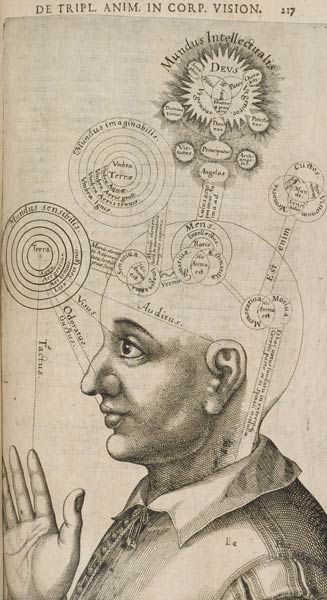“Not many of you should become teachers, my brothers and sisters, for you know that we who teach will be judged with greater strictness.”
Epistle of James 3:1-2.
Years ago, I taught religion Union College, small, church- related college in Kentucky. We had about a dozen students who majored or minored in religion, and since I was the only full time religion teacher, this meant these students would take four or five courses with me during their four years. In one class, as we were discussing virtue-based ethics, and the role of wise leaders in shaping the virtues of communities. We were reading an essay by Duke Professor Stanley Hauerwas in which he commented that one of his goals was to get students to think like he did rather than to think for themselves. Indeed, Hauerwas argued that this is what every teacher always did—though most teachers today were not willing to admit it. The half-dozen junior and senior students in my class were outraged by Hauerwas’s provocative claim, but I surprised them by defending the claim: “Just as Hauerwas does, I also work to get you to think like I do in my courses.” “No, you don’t,” the students protested. “You want us to be able to think for ourselves.” “All right, let’s look at the facts,” I responded. “When you came to your first class with me on the New Testament your freshman year, most of you were resistant to historical-critical approach to scripture, as well as to numerous points of philosophy and ethics that came up. Now, after working with for three years, ask yourself: Do I think more like Dr. Phillips or less like Dr. Phillips about these things?” “More like you,” they all admitted. “That means I’m achieving my goal to get you to think like me.”
I find Bloom’s taxonomy to be the most clear of the assessment models. He shows how the teacher guides students as a coach, leading them up from basic levels of learning (facts) to higher levels (evaluation, or in the revised model, creation). This model allows for, let us call it the “Hauerwas effect,” since coaches do not have to be coy about leaving their stamp on their students, even as these students progress to higher levels of learning. What the Bloom taxonomy also has helped me name is that learning takes place in three domains. The Hauerwas effect doesn’t merely apply to the cognitive domain; it also applies to the affective and psychomotor domains. Students also learn to feel about things the way their teachers do, and they begin to act like their teachers—using stock phrases and gestures. I have often notice how Candler students will begin to mimic the gestures of their favorite teachers as the lead worship in chapel.
I suspect that online learning privileges the cognitive domain. It certainly is not as conducive to the psychomotor domain. Or, rather, the sort of psychomotor learning in an online environment is more directly tied to the feel of a computer keyboard than, say, how to shoot free throws or master a tricky passage in a musical score. I continue to ponder what this means for what and how I teach in an online course.
On a related topic, I continue to wrestle with the matter of measurability of learning as the advanced, graduate level. Obviously we are applying standards of judgment as we evaluate student performance, and it makes sense that these standards should be expressible. However, I think that the language of measuring and objectivity attempts to apply quantitative standards to matters that are more qualitative. Higher forms of learning are not like science by like art. The standards for evaluation art are finally subjective, and matters of affect and desire. I think measurability is a strategy to avoid the Hauerwas effect; but it may rather function as a sort of deception that masks the Hauerwas effect rather than avoids it. Which would make it even harder to name or (for the student) to resist, since it has been hidden from view. That said, the readings have opened my thinking to the usefulness of developing more clear assessment tools to guide students in their learning and to give me feedback on how well I am doing as a teacher. See the quote from James with which I begin.
That said, not all learning, even at the graduate level, falls at the top of Blooms hierarchy. I am learning here—I am still at the remember and understanding stage, hoping to progress to “applying.”



Recent Comments